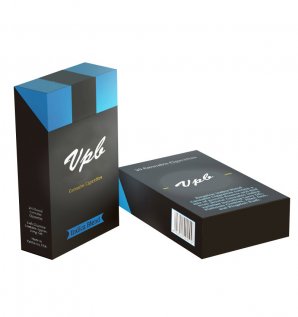In today’s digitally driven world, organizations rely on robust information security systems to protect sensitive data and maintain customer trust. The ISO 27001 standard serves as the global benchmark for implementing and maintaining an effective Information Security Management System (ISMS). However, compliance with ISO 27001 is not just about meeting certification requirements — it’s about establishing well-structured procedures that guide daily operations, ensure consistency, and promote continual improvement.
An effective readymade ISO 27001 procedure is the foundation of a strong ISMS. It ensures that every process related to data security is clearly defined, documented, and implemented consistently across the organization. Let’s explore the key components that make an ISO 27001 procedure effective and sustainable.
1. Defined Purpose and Scope
Every ISO 27001 procedure should start by clearly defining its purpose and scope. The purpose describes why the procedure exists — for example, to manage risk assessments, handle incidents, or control documents. The scope outlines where and to whom the procedure applies within the organization. Defining these parameters ensures that employees understand the context and boundaries of each process, reducing ambiguity and overlapping responsibilities.
2. Roles and Responsibilities
A strong ISO 27001 procedure must specify who is responsible for what. Roles such as the Information Security Manager, IT administrators, and department heads should be clearly assigned. This ensures accountability and clarity throughout the organization. Clear responsibility allocation prevents confusion during audits and ensures that every action — from approving access rights to managing incidents — is traceable to a responsible individual or team.
3. Step-by-Step Process Description
At the core of any ISO 27001 procedure is a detailed, step-by-step process. This section outlines the exact sequence of actions required to complete the task, including inputs, actions, and expected outputs.
For example, in an Incident Management Procedure, the steps might include incident detection, reporting, classification, investigation, and resolution. Each step should be specific enough to provide guidance but flexible enough to adapt to real-world conditions.
The clarity of this section directly impacts the effectiveness of implementation — employees must be able to follow it without guesswork.
4. Required Documentation and Records
ISO 27001 emphasizes the importance of documented information — both procedures and records. Every procedure should define which records must be maintained, who maintains them, and how long they are retained.
For instance, a Corrective Action Procedure should specify records such as nonconformity reports, root cause analyses, and evidence of actions taken. Proper documentation not only supports audit readiness but also ensures traceability and accountability.
5. Risk-Based Approach
ISO 27001 reinforces risk-based thinking as a central principle. Effective procedures should integrate risk identification, assessment, and treatment within their framework.
For example, before implementing a new control or granting access permissions, the associated risks should be evaluated and documented. Embedding risk awareness into every procedure helps organizations proactively address potential threats instead of reacting to incidents after they occur.
6. Communication and Awareness
No procedure is effective if employees are unaware of it. ISO 27001 procedures must include guidance on communication and training — ensuring that all relevant personnel understand their responsibilities.
Regular awareness programs, training sessions, and updates help embed the procedure into the organization’s culture. This reduces human error and enhances overall security awareness.
7. Monitoring, Measurement, and Review
Every ISO 27001 procedure must include a mechanism for monitoring and evaluation. This ensures that the process remains effective and aligned with the organization’s objectives.
Periodic internal audits, performance indicators (such as number of incidents or response times), and management reviews provide valuable insights into what’s working and what needs improvement. Continual improvement is a key ISO 27001 principle — and reviewing procedures regularly ensures they evolve with changing risks and technologies.
8. Control of Documented Information
Finally, each ISO 27001 procedure should follow the Control of Documented Information guidelines under Clause 7.5. This ensures version control, approval before release, accessibility, and protection from unauthorized modification or loss.
Maintaining a clear document control system ensures consistency and prevents outdated procedures from being used inadvertently.
Conclusion
An effective ISO 27001 procedure is much more than a written document — it is a roadmap for maintaining data security, compliance, and operational consistency. By defining purpose, roles, steps, documentation, and review mechanisms, organizations can establish procedures that not only meet certification requirements but also strengthen their security posture.
When properly developed, implemented, and maintained, these procedures become the backbone of a resilient Information Security Management System, ensuring that information security is not just a compliance checkbox but a culture embedded across the entire organization.



















































